Journal of Dental Problems and Solutions
Routine Individual and Periodic Dental Care Avoided Local and Possibly Systemic Complications of Periodontal Disease
1College of Agricultural and Life Sciences, University of Florida, Gainesville, Florida, USA
2College of Arts, Sciences, and Education, Florida International University, Miami, Florida, USA
3Pre-dental student at Providence College, Providence, Rhode Island, USA
4Charles E. Schmidt College of Medicine, Florida Atlantic University, Boca Raton, Florida, USA
5Hygienist in the Practice of Sherrie L. Crossen, Delray Beach, Florida, USA
6Dental Assistant in the Practice of Sherrie L. Crossen, Delray Beach, Florida, USA
7Departments of Medicine & Population Health and Social Medicine, Charles E. Schmidt College of Medicine, Florida Atlantic University, Boca Raton, Florida, USA
8Private Practitioner of Periodontology, Delray Beach, Florida, USA
Author and article information
Cite this as
Hofacker AL, Carlsward BD, Duffy EC, Dunn J, Matarazzo A, Barton L, et al. Routine Individual and Periodic Dental Care Avoided Local and Possibly Systemic Complications of Periodontal Disease. J Dent Probl Solut. 2024; 12(2): 015-019. Available from: 10.17352/2394-8418.000133
Copyright License
© 2024 Klepikov I. This is an open-access article distributed under the terms of the Creative Commons Attribution License, which permits unrestricted use, distribution, and reproduction in any medium, provided the original author and source are credited.Abstract
This 83-year-old man with a history of periodontal disease is a lifelong nonsmoker with strong family histories of premature deaths from smoking. Since his initial diagnosis at age 33, he has prioritized routine individual and periodic dental care to avoid local and systemic complications. His routine dental care includes daily manual flossing supplemented with a water flosser, a sulcular brushing technique by use of an electronic sonic toothbrush with fluoride toothpaste, antiseptic mouthwash, and periodic scaling and root planing, with topical antibiotics used as needed. Several years ago, he started using a plaque-identifying toothpaste. Overall, he has experienced reduced probing depths and no further need for topical antibiotics. Today, the patient remains healthy with stable periodontal disease and no history or present signs or symptoms of cardiovascular disease. This case report illustrates that meticulous dental hygiene, including routine self-care and periodic dental care, can prevent the progression of periodontal disease over 49 years and limit systemic complications. 123
Introduction
Periodontal disease is a chronic condition affecting many adults and is a recognized risk factor for deleterious oral and systemic outcomes, including cardiovascular disease (CVD) [1-6]. According to the European Federation of Periodontology (EFP) S3-level clinical practice guidelines, the cornerstone of nonsurgical periodontal therapy is scaling and root planing (SRP), which goes beyond simple ‘scaling’ to ensure through debridement of root surfaces to control disease progression [7,8]. Regular oral hygiene practices, combined with professionally delivered SRP, have been shown to mitigate disease progression and reduce related complications [2,7,9]. This case illustrates 50 years of successful disease management in a patient with a strong family history of smoking-related premature deaths, but no personal history or present signs of CVD. The report underscores the value of long-term, individualized prevention, rooted in evidence-based guidelines, in minimizing localized periodontal disease progression and systemic risk [1,3,10].
Case presentation
This 83-year-old man is a lifelong nonsmoker. He has a strong family history of premature deaths from smoking, including CVD and lung cancer. He was first presented with periodontal disease in 1975 and underwent a total gingivectomy. Since then, he has maintained meticulous routine oral hygiene, including daily manual flossing supplemented with a water flosser, a sulcular brushing technique by use of an electronic sonic toothbrush with fluoride toothpaste, and antiseptic mouthwash. He has also undergone periodic routine professional care with SRP, and occasional topical antibiotic injections into the affected gum [2,7-10]. He has been in the same dental practice since 2016. In this practice, detailed periodontal charting has documented long-term stability with only localized sites of concern, including mild fluctuations in plaque accumulation and marginal inflammation.
Figure 1 shows the periodontal chart transferred from his previous practice and adopted as the baseline at his first visit in April 2016. At that time, probing depths were largely 2–3 mm, though isolated 4 mm pockets were noted around teeth 2, 3, 30, and 31, with recorded mild bleeding on probing. In contrast, several teeth, particularly in the facial region, demonstrated improved pocket depths, though mild inflammation and plaque accumulation persisted. These findings reflected localized disease but overall periodontal stability consistent with his long-standing care.
Figure 2 presents the initial periodontal chart from November 2016, documenting probing depths on the buccal and lingual surfaces of maxillary teeth. Stability or improvement was noted in several areas, including tooth 2, though pockets >4 mm persisted at teeth 1 and 3. Mandibular probing depths remained largely stable at 2–3 mm. These findings confirmed overall disease control, with localized inflammation but no generalized progression.
In search of reducing infection and inflammation, the patient began to use a plaque-identifying toothpaste in 2018. His decision was based, in part, on the published results from a small, randomized pilot trial in Chicago, IL [1], which showed significant decreases in plaque formation and high-sensitivity C-reactive protein (hs-CRP). This is a sensitive marker of inflammation and is well-established as an accurate predictor of future CVD [1,3,4,6]. These findings were replicated in another small pilot trial in Marshfield, WI [3]. By the end of 2018 and into mid-2019, the hygienist noted significant reductions in plaque formation and bleeding on probing.
Figure 3 presents a full periodontal chart from May 2019 recording probing depths and clinical attachment levels (mm) for maxillary and mandibular teeth, measured both on facial and lingual surfaces following improvements in at-home care with plaque-identifying toothpaste.
Probing depths were largely stable at 2–3 mm, with only localized 4 mm pockets noted, particularly around molars (teeth 2–4, 30–31). These findings indicated overall disease stability, with reductions in both plaque and bleeding on probing. Importantly, plaque deposits were observed to be softer and less adherent compared with prior visits, consistent with improved oral hygiene. Despite persistent signs of advanced disease, most notably moderate (MCD) and severe (DCM) bone loss at select sites, the general trend reflected stabilization, reduced inflammation, and the potential for regeneration in several areas.
In April 2021, probing depths of 4 mm were again detected in select posterior sites, reflecting areas of localized concern. However, when compared with the 2019 chart (Figure 3), the overall findings demonstrate stability in most sites, with most probing depths maintained at 2–3 mm and attachment levels preserved. A transient increase in probing depth to 5 mm was observed at isolated sites, but with improved self-care and routine SRP, these measurements later reduced to 4 mm, reflecting a return to stable periodontal status.
The use of plaque-identifying toothpaste, combined with routine three-month SRP, contributed to reductions in plaque accumulation and bleeding, as well as softer, less adherent deposits. Although some posterior teeth, notably 2–4, 14–15, 18–19, and 31, continued to exhibit moderate to severe bone loss (MCD/DCM) and furcation involvement, the disease did not progress further and remained localized. Figure 4 documents these findings, highlighting stability compared with 2019.
Following increased adherence to an intensive self-care routine and frequent SRP, the 2022 periodontal assessment showed encouraging stabilization after the concerns noted in 2021. Figure 5 highlights probing depths of 3–4 mm in localized areas, particularly the maxillary anterior (teeth 2, 3, 14) and mandibular posterior teeth (18, 30, 31). While these findings suggest persistent inflammation and tissue breakdown, significant disease progression was successfully prevented [6,11,12]. Importantly, no sites exceeded 4 mm. Furcation involvement and clinical attachment loss were reduced compared to 2021, reflecting meaningful improvement and effective disease management [1,13].
Bleeding on probing, especially on lingual surfaces of mandibular molars, and localized attachment loss (up to 4 mm) reflected persistent inflammation in harder-to-reach areas [7,8,10]. However, overall stability was maintained into 2023, with no further need for localized antibiotic therapy. Probing depths remained ≤4 mm, with light marginal calculus and only moderate soft plaque noted at recall visits. No additional attachment loss was observed. By November 2024, the patient’s periodontal condition was considered stable, with preservation of attachment and localized inflammation well controlled through consistent home care and routine SRP.
Conclusion
This case report illustrates that meticulous dental hygiene that includes routine self-care and periodic evidence-based dental care can prevent the progression of periodontal disease over 49 years. These procedures may have also avoided systemic complications of periodontal disease, including cardiovascular disease (CVD), which includes mainly myocardial infarction or stroke.
Today, the patient is an 82-year-old, apparently healthy man with no prior personal history or present signs or symptoms of cardiovascular disease (CVD). It is intriguing to note his strong family history of premature onset of CVD and early deaths in first-degree male relatives, each of whom smoked cigarettes [4-6]. In this regard, there are suggested relationships between vaping and periodontal disease [14] and possible roles of gingival pigmentation in pediatric [11] and black [15] populations. Finally, the need for meticulous care during pregnancy [13] has been reported. He had been a long-term user of a Sonicare toothbrush and practices daily brushing or water flossing. It is also interesting to note that he began to use plaque-identifying toothpaste. The principal reason was that, in a small pilot randomized trial, there was a beneficial effect among those assigned at random to the plaque-identifying toothpaste compared with those assigned regular brushing on high sensitivity C-reactive protein (hs-CRP) [1,3]. Hs-CRP is a sensitive marker of inflammation that is also an accurate predictor of future CVD [1,3,4,6]. He purposely did not inform his hygienist, who reported at his next 3-month visit after beginning the plaque-identifying toothpaste, that his plaque was less and softer.
The findings of the Correlation between Oral Health and Systemic Inflammation (COHESION) trial may represent a possible link between periodontal disease, systemic inflammation, and CVD [1,3,5,6]. COHESION was designed to test the hypothesis that a plaque-identifying toothpaste reduces hs-CRP. COHESION was designed initially to enroll 132 subjects with hs-CRP between 2.0 and 10.0 milligrams per liter, but randomized 112 between 0.5 and 10.0, of which 103 had baseline and follow-up data and comprised the intention-to-treat sample [1]. Of these, a pre-specified subgroup analysis included 40 with baseline hs-CRP > 2.0 and all hs-CRP < 10 [1]. Since the distribution of hs-CRP was skewed toward higher values, to achieve normality assumptions, the significance of changes in hs-CRP between groups over time was tested on log-transformed data using a mixed effects analysis of variance [1,12]. The intention-to-treat analysis showed no significant differences between the plaque-identifying toothpaste and the placebo group (p = 0.615) [1]. The pre-specified subgroup analysis showed a significant difference between the plaque-identifying toothpaste and the placebo group (p = 0.047) [1]. This finding resulted from a reduction in hs-CRP at follow-up of 0.58 in the patients assigned to the plaque-identifying toothpaste group and an increase of 0.55 in the placebo group [1]. These findings are compatible with those of a prior pilot trial, which also suggested benefits only in subjects with baseline elevations [3,12]. These findings suggest the need for future trials targeting reductions of hs-CRP levels that should randomize subjects with baseline hs-CRP levels between 2.0 and 10.0 mg/L. It may also be worthwhile to measure carotid intima-medial thickness to determine whether this marker of future stroke is affected [1,3,6]. If so, then a large-scale randomized trial of sufficient size, dose, and duration with clinical CVD endpoints might be warranted [5,6,12]. Practicing dentists should be aware that this case report illustrates the value of meticulous daily dental care and periodic cleanings and SRP to minimize the progression of long-standing periodontal disease. This has avoided both local and systemic complications.
Professor Hennekens also discloses that he serves as an independent scientist in an advisory role to investigators and sponsors as Chair of two Data Monitoring Committees for Amgen (erenumab, evolocumab); to the United States Food and Drug Administration, and Up to Date; receives royalties for authorship or editorship of 3 textbooks; has an investment management relationship with the West-Bacon Group within Trust Investment Services, which has discretionary investment authority; does not own any common or preferred stock in any pharmaceutical or medical device.
Acknowledgment
We would like to thank the clinical team under Dr. Sherrie L. Crossen, D.D.S., M.S.D., P.A., in Delray Beach, Florida, for their continued care of the patient and for facilitating access to relevant case documentation.
Author's contributions
All authors contributed to the manuscript.
- The current pre-dental students (Hofacker, Carlsward, and Duffy) reviewed all the medical records of the patient and assisted Hennekens and Crossen with the initial drafts and provided comments on subsequent drafts
- The current Schmidt College of Medicine medical students (Matarazzo, Dunn) provided comments on numerous drafts
- The hygienist (Barton) and dental assistant (Bagno) provided comments on numerous drafts.
- The senior subject matter expert (Crossen) and methodologist (Hennekens) conceived of the project and were overseers of all aspects of the original research.
Institutional Review Board (IRB)
The IRB at Florida Atlantic University considered this original research to be exempt.
Ethical considerations
The subject was identified by study number only, and all data were used for medical statistical purposes.
References
- Acharya A, Glurich I, Hetzel S, Kim KY, Tattersall M, Hansen K, et al. Correlation Between Oral Health and Systemic Inflammation (COHESION): Randomized Pilot Trial of a Plaque-Identifying Toothpaste. Am J Med. 2020 Feb 24. Epub ahead of print. Available from: https://doi.org/10.1016/j.amjmed.2020.01.023
- AskMayoExpert. Periodontal Disease. Mayo Clinic. 2022.
- Fasula K, Evans C, Boyd L, Giblin L, Belavsky BZ, Hetzel S, et al. A Randomized Trial of Plaque-Identifying Toothpaste on Reduction of Dental Plaque and Inflammation. Am J Med. 2017;130:612–6. Available from: https://doi.org/10.1016/j.amjmed.2016.09.003
- Howell TH, Ridker PM, Ajani UA, Hennekens CH, Christen WG. Periodontal Disease and Risk of Subsequent Cardiovascular Disease in U.S. Male Physicians. J Am Coll Cardiol. 2001;37:445–50. Available from: https://iiumedic.net/biostatistics/v4/wp-content/uploads/2014/06/1130X.pdf
- Kapila YL. Oral Health's Inextricable Connection to Systemic Health: Special Populations Bring to Bear Multimodal Relationships and Factors Connecting Periodontal Disease to Systemic Diseases and Conditions. Periodontol 2000. 2021. Available from: https://doi.org/10.1111/prd.12398
- Taylor S, Hennekens CH. Interrelationships of Periodontal Disease, Systemic Inflammation, and Cardiovascular Disease. Ann Dent. 2022.
- Herrera D, Sanz M, Kebschull M, Jepsen S, Sculean A, Berglundh T, et al. Treatment of Stage IV Periodontitis: The EFP S3 Level Clinical Practice Guideline. J Clin Periodontol. 2022. Available from: https://doi.org/10.1111/jcpe.13639
- Sanz M, Herrera D, Kebschull M, Chapple I, Jepsen S, Berglundh T, et al. Treatment of Stage I-III Periodontitis—The EFP S3 Level Clinical Practice Guideline. J Clin Periodontol. 2020. Available from: https://doi.org/10.1111/jcpe.13290
- Smiley CJ. Evidence-Based Clinical Practice Guideline on the Nonsurgical Treatment of Chronic Periodontitis by Means of Scaling and Root Planing with or Without Adjuncts. J Am Dent Assoc. 2015;146:525–35. Available from: https://doi.org/10.1016/j.adaj.2015.01.026
- Kwon T, Levin L. Current Concepts in the Management of Periodontitis. Int Dent J. 2021. Available from: https://doi.org/10.1111/idj.12630
- Packyanathan JS. Evaluation of Gingival Melanin Pigmentation in Pediatric Population: An Observational Study. J Family Med Prim Care. 2019;8:2852–5. Available from: https://doi.org/10.4103/jfmpc.jfmpc_332_19
- Hennekens CH, DeMets D. The Need for Large-Scale Randomized Evidence Without Undue Emphasis on Small Trials, Meta-Analyses, or Subgroup Analyses. JAMA. 2009;302:2361–2. Available from: https://jamanetwork.com/journals/jama/article-abstract/184964
- Nannan M. Periodontal Disease in Pregnancy and Adverse Pregnancy Outcomes: Progress in Related Mechanisms and Management Strategies. Front Med. 2022. Available from: https://doi.org/10.3389/fmed.2022.963956
- Figueredo CA, Figueredo CM, Catunda R, Gibson MP. The Impact of Vaping on Periodontitis: A Systematic Review. Clin Exp Dent Res. 2021. Available from: https://doi.org/10.1002/cre2.360
- Longo BC, Santin GC, Tatakis DN, Silva CO. Gingival Pigmentation: Concurrent Assessment of Distribution, Intensity, and Extent in a Black Population. J Esthet Restor Dent. 2022. Available from: https://doi.org/10.1111/jerd.12846
Article Alerts
Subscribe to our articles alerts and stay tuned.
 This work is licensed under a Creative Commons Attribution 4.0 International License.
This work is licensed under a Creative Commons Attribution 4.0 International License.
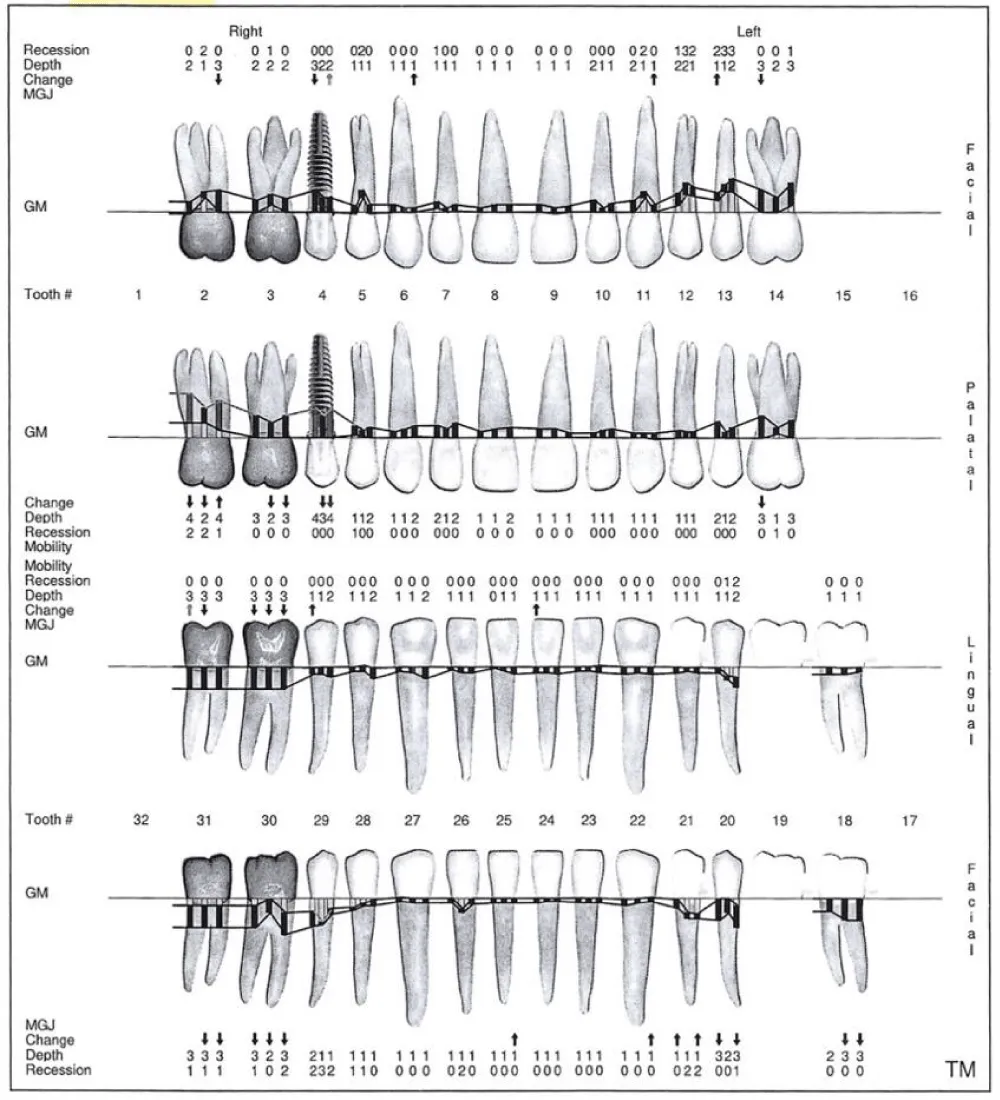
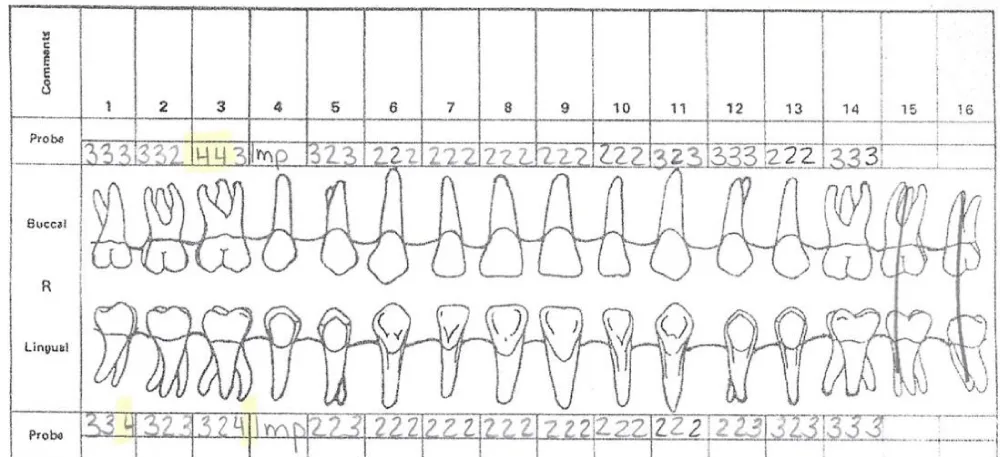
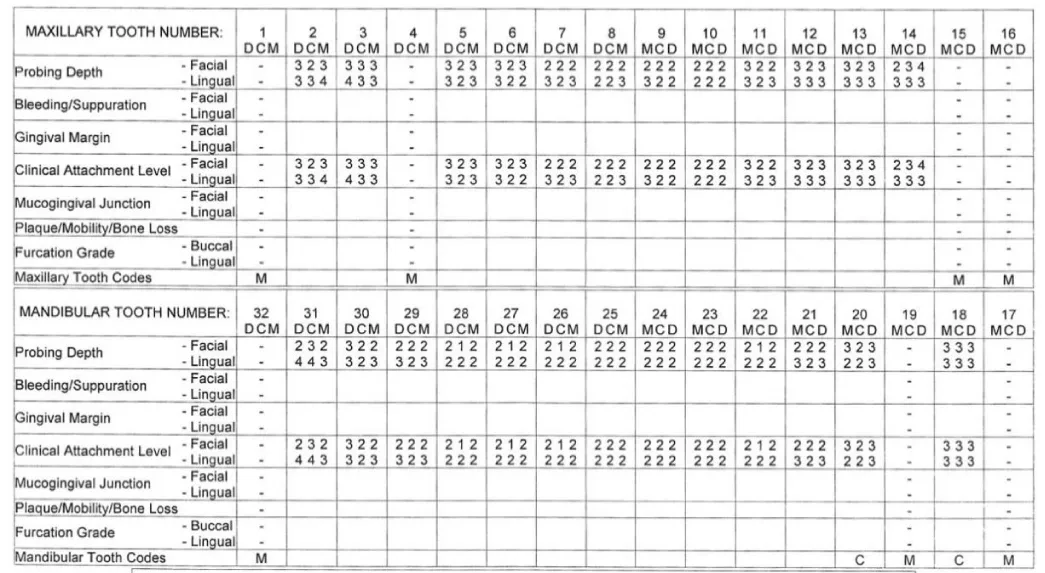
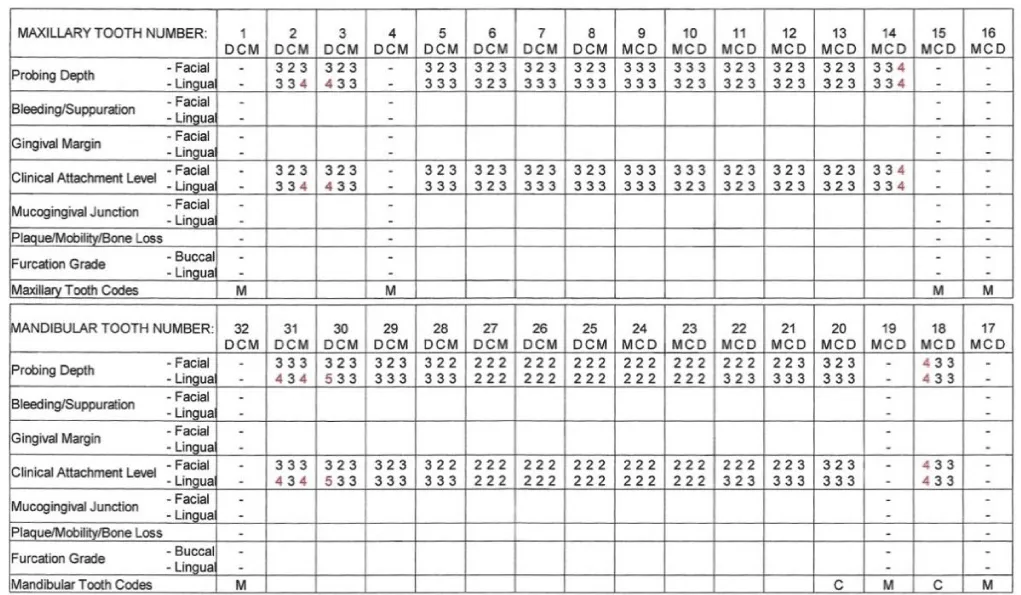
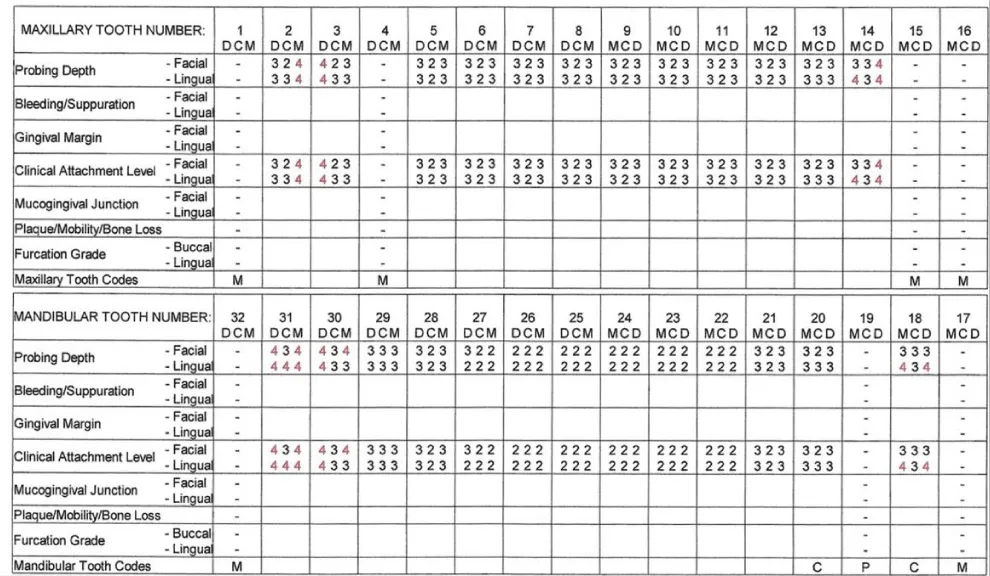


 Save to Mendeley
Save to Mendeley
